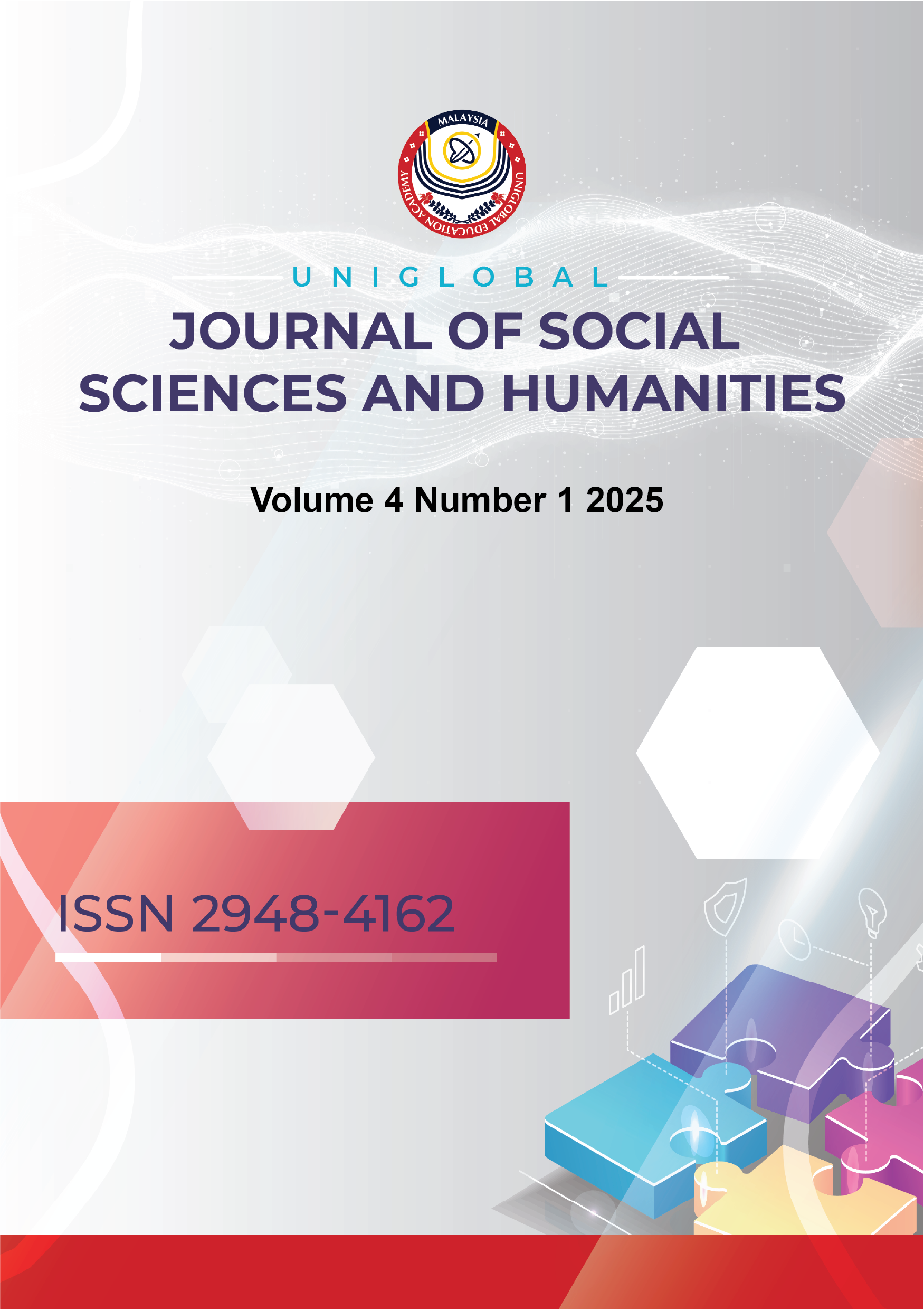The Role of Culturally Relevant Pedagogy in Enhancing Educational Equity for Minority Students in China
DOI:
https://doi.org/10.53797/ujssh.v4i1.20.2025Keywords:
Culturally Relevant Pedagogy, Minority Education, Educational Equity, China, Multicultural EducationAbstract
This study investigates the role of Culturally Relevant Pedagogy (CRP) in enhancing educational equity for minority students in China, focusing on its impact on academic achievement and cultural competence. Employing a quantitative research design, data were collected from 400 minority students and 100 teachers in regions with significant minority populations, such as Xinjiang, Yunnan, and Inner Mongolia. Using surveys and academic records, the study analyzed the implementation of CRP, student outcomes, and teacher perspectives. The findings reveal that CRP positively influences academic performance and fosters cultural competence among minority students. Students exposed to culturally responsive teaching practices reported higher standardized test scores and greater cultural pride and identity affirmation. Rural students demonstrated slightly greater academic gains from CRP than their urban counterparts. Teachers trained in CRP were more likely to implement inclusive practices, emphasizing the importance of professional development. However, only 40% of teachers reported receiving such training, indicating a gap in systemic support. Minority teachers also emerged as significant contributors to enhancing students’ cultural competence. This study underscores the transformative potential of CRP in addressing educational disparities for minority students in China. It calls for comprehensive strategies involving teacher training, curriculum reform, and policy support to scale CRP effectively. The findings contribute to the global discourse on multicultural education, offering insights into the application of CRP in non-Western contexts.
References
Al-khresheh, M. H. (2024). Bridging technology and pedagogy from a global lens: Teachers’ perspectives on integrating ChatGPT in English language teaching. Computers & Education: Artificial Intelligence, 6, 100218–100218. https://doi.org/10.1016/j.caeai.2024.100218
Brennan, J., & Naidoo, R. (2008). Higher education and the achievement (and/or prevention) of equity and social justice. Higher Education, 56(3), 287–302. https://doi.org/10.1007/s10734-008-9127-3
Cai, J., & Wei, W. (2025). Educational sustainability: A multi-scale elementary school resource distribution variability from China. Heliyon, e41846–e41846. https://doi.org/10.1016/j.heliyon.2025.e41846
Carbonara, V. (2023). The effects of multilingual pedagogies on language awareness: A longitudinal analysis of students’ language portraits. Linguistics and Education, 78, 101244. https://doi.org/10.1016/j.linged.2023.101244
Dong, Y. (2024). The doubly vulnerable on the move: Educational situation of ethnic minority migrant children in urban China. International Journal of Educational Development, 107, 103036–103036. https://doi.org/10.1016/j.ijedudev.2024.103036
Han, Z., Cui, C., Kong, Y., Li, Q., Chen, Y., & Chen, X. (2023). Improving educational equity by maximizing service coverage in rural Changyuan, China: An evaluation-optimization-validation framework based on spatial accessibility to schools. Applied Geography, 152, 102891. https://doi.org/10.1016/j.apgeog.2023.102891
Jacob, W. J. (2007). Social justice in Chinese higher education: Regional issues of equity and access. International Review of Education, 52(1-2), 149–169. https://doi.org/10.1007/s11159-005-5613-3
Jia, J. (2015). Absence of National Culture in Foreign Language Teaching and Intercultural Communication Competence Training of College Students in China Frontier Minority Areas. English Language Teaching, 8(4). https://doi.org/10.5539/elt.v8n4p52
Lai, F., Zhang, L., Qu, Q., Hu, X., Shi, Y., Boswell, M., & Rozelle, S. (2015). Teaching the Language of Wider Communication, Minority Students, and Overall Educational Performance: Evidence from a Randomized Experiment in Qinghai Province, China. Economic Development and Cultural Change, 63(4), 753–776. https://doi.org/10.1086/681233
Liu, J., Yue, Y., & Zhu, J. (2025). Unveiling paradoxes of access: How higher education expansion shapes intergenerational educational mobility in China’s admission quota system. China Economic Review, 102353–102353. https://doi.org/10.1016/j.chieco.2025.102353
Sun, L. (2023). Pedagogies of discomfort and empathy in foreign language education: Fostering EFL learners’ critical global thinking through literature and art. Thinking Skills and Creativity, 50, 101411. https://doi.org/10.1016/j.tsc.2023.101411
Tai, K. W. H., & Lee, T. K. (2024). Mitigating Ethnic Minority Students’ Foreign Language Anxiety through Co-Learning in Chinese as an Additional Language Classrooms: A Transpositioning Perspective. System, 103496. https://doi.org/10.1016/j.system.2024.103496
Yang, L. (2021). Social equity and equity in higher education: A comparison of the liberal Anglo-American and Chinese political cultures. International Journal of Educational Development, 84, 102403. https://doi.org/10.1016/j.ijedudev.2021.102403
Zhao, B., & Hu, P. (2024). The longitudinal impact of cultural values on adaptation among ethnic minority students in Mainland China: The mediating role of emotion regulation. International Journal of Intercultural Relations, 101, 102014–102014. https://doi.org/10.1016/j.ijintrel.2024.102014
Downloads
Published
How to Cite
Issue
Section
License
Copyright (c) 2025 Jinrui He, Mohd Yusof Abdullah

This work is licensed under a Creative Commons Attribution-NonCommercial-ShareAlike 4.0 International License.



